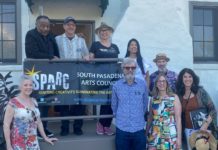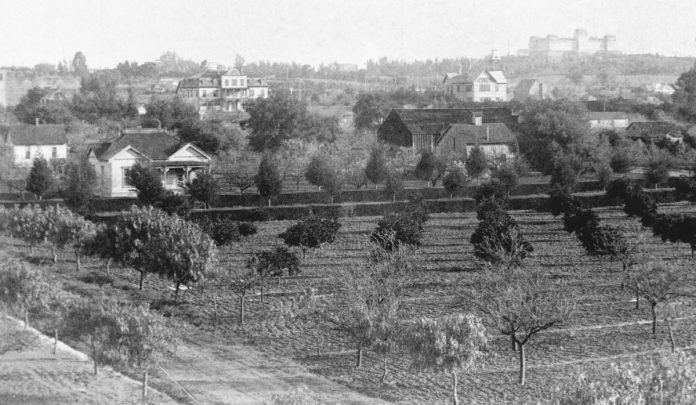
Walter Raymond claimed his resort hotel is the finest located resort in the world. He was right!
The South Pasadena grand hotel featured cactus gardens on the grounds for their unique aesthetic. Prickly cactus blooms with large-stem flowers does not exist on the east coast or the Midwest. Picking oranges in the grooves that surround the hotel during winter also appealed to hotel guests, especially knowing family and friends were buried in snow back home.
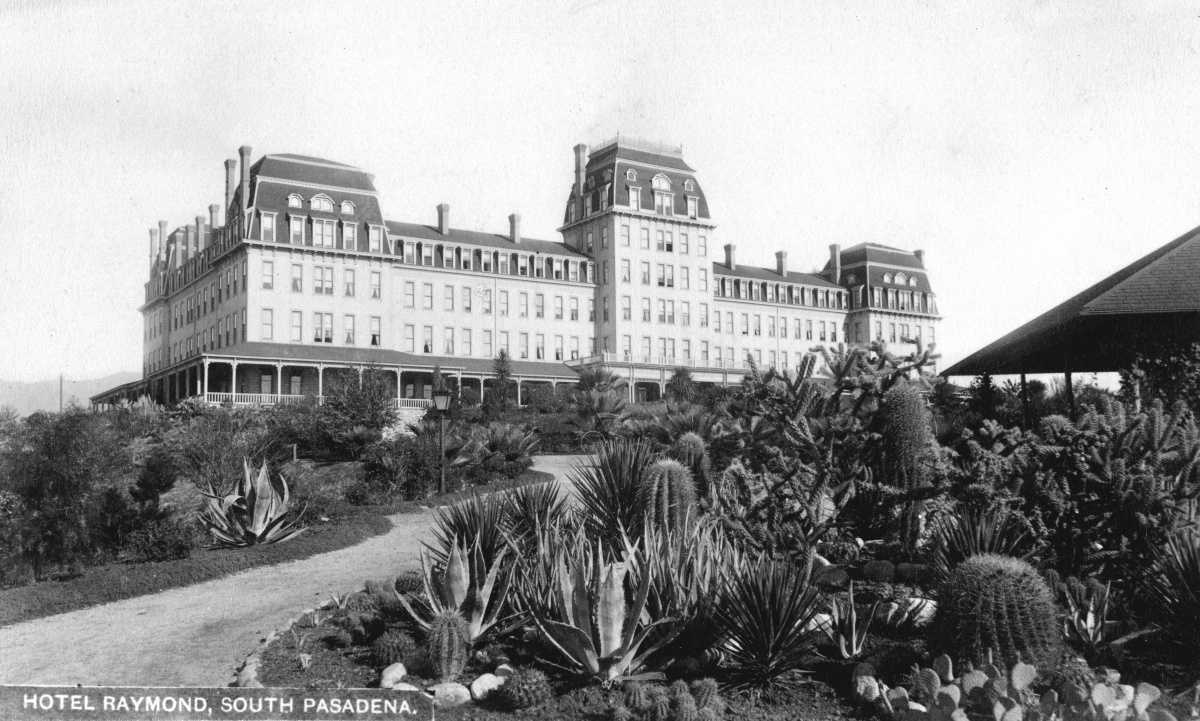
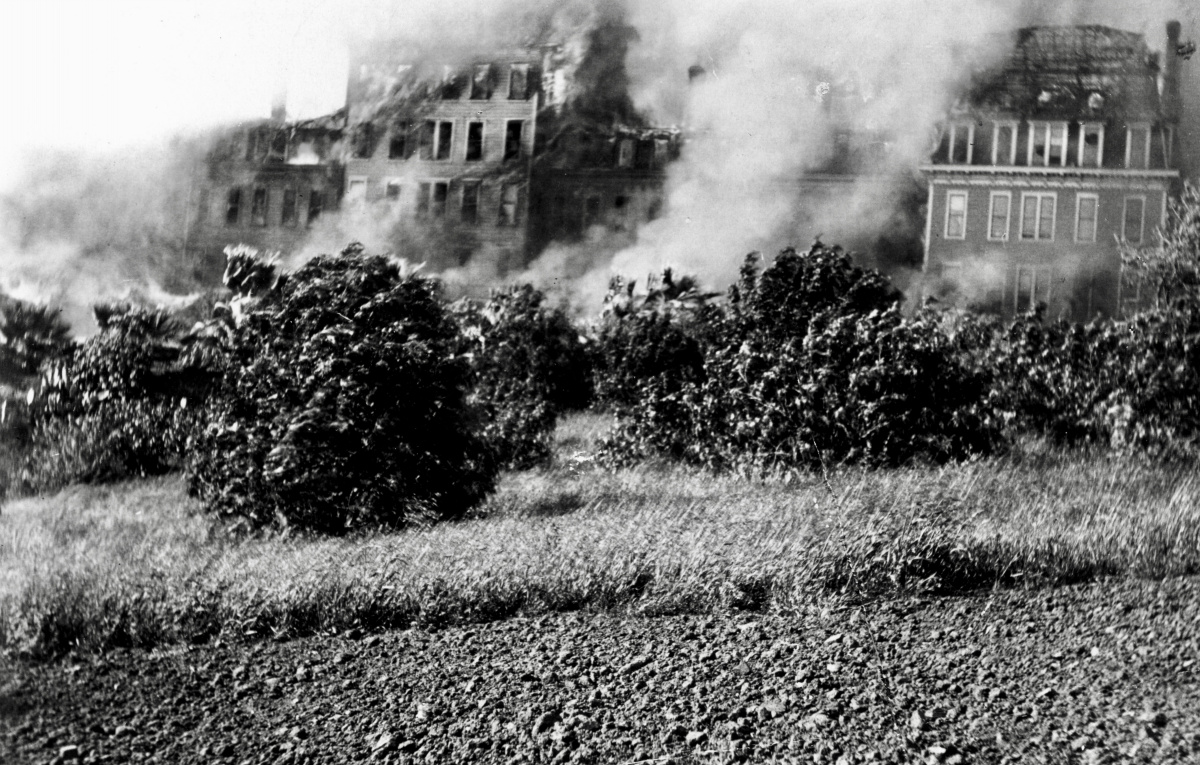
In 1895 (Easter Sunday), a massive fire leveled the South Pasadena grand resort hotel.
The second Raymond hotel featured flower gardens and a golf course. Both landscaping strategies took advantage of the mild winters of South Pasadena.

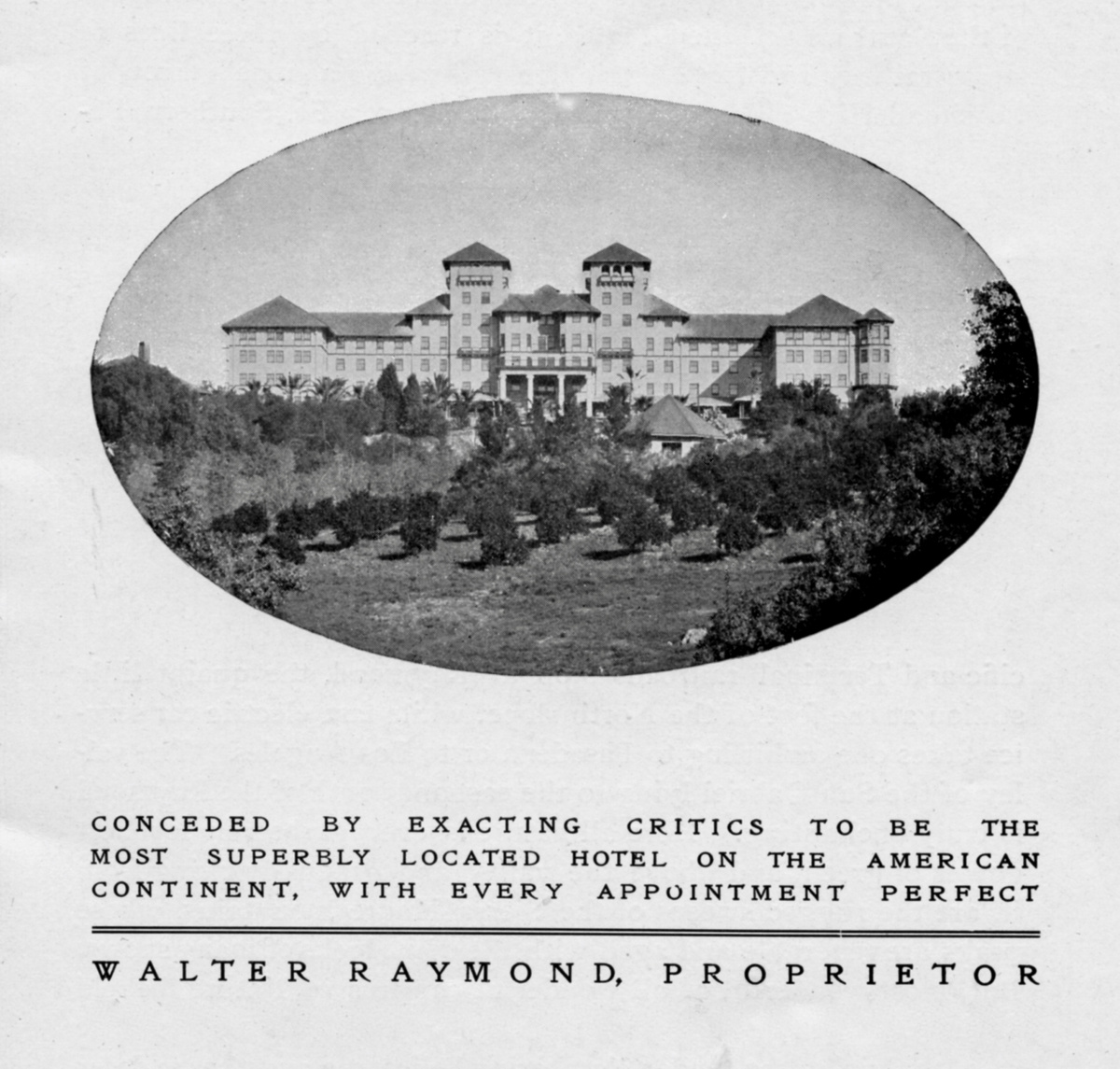
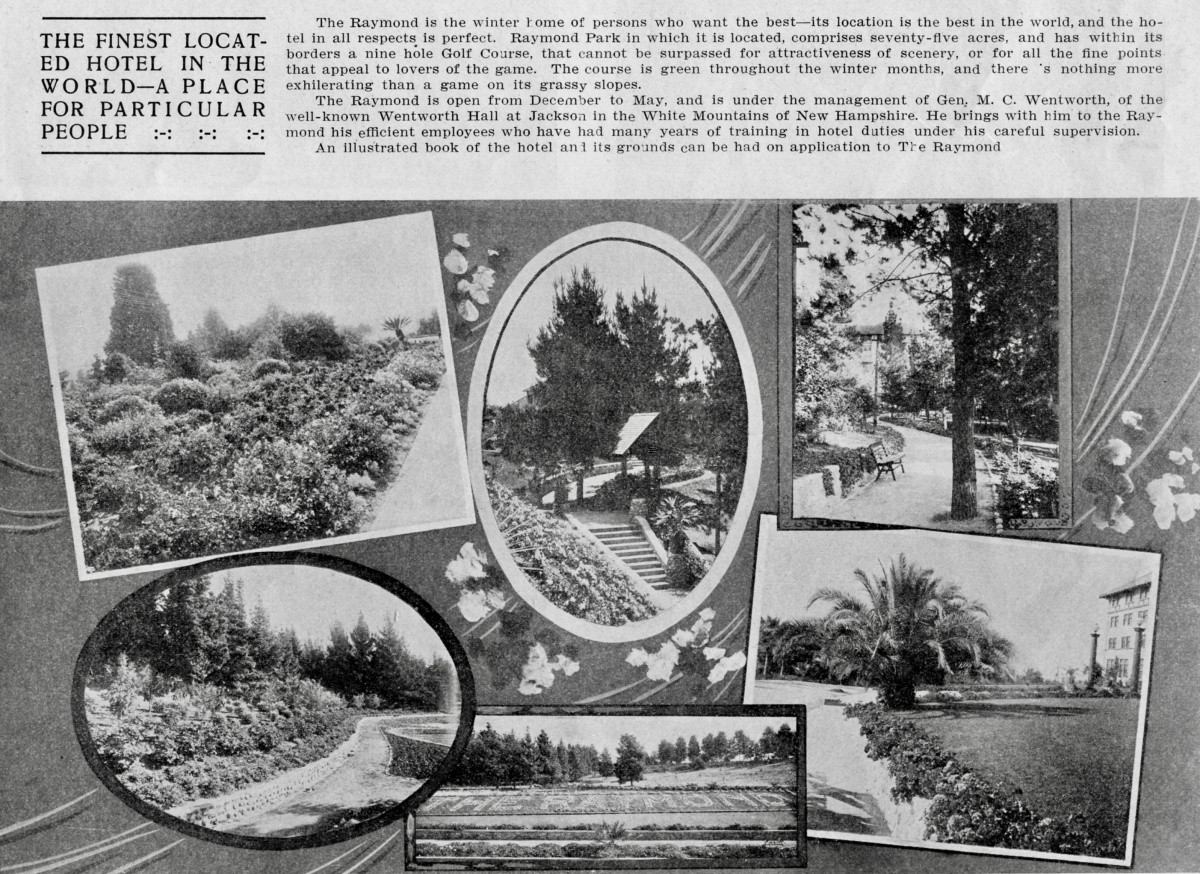
Throwback Thursday is written and produced by Rick Thomas




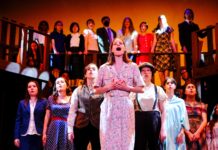

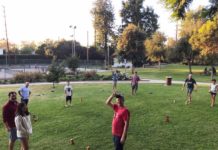
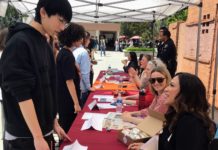







.png)








